
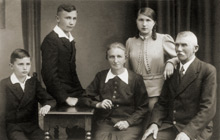
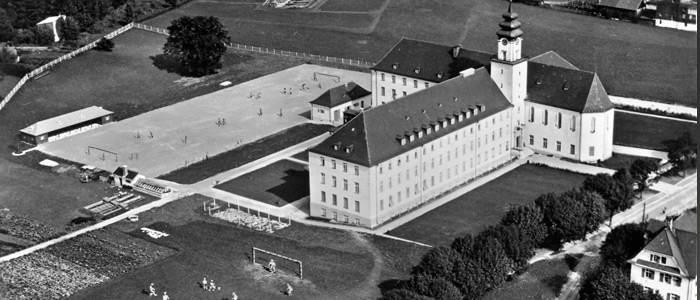
Like “pearls on a necklace” is the description Pope Benedict XVI gives looking back at the many changing homes of his childhood and youth. Because of the father´s transfers, the family move from Marktl in 1929 to Tittmoning and again in 1932 to Aschau am Inn. When the father retires, the family move in 1937 into their own property at Hufschlag near Traunstein, where they find their "real home.” Joseph Ratzinger goes to grammar school in Traunstein and when he is 12 years old enters the Catholic boarding school there. The youth´s time at secondary school is overshadowed by National Socialism and the effects of the war.
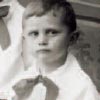
In 1929, two years after Joseph´s birth, the family moves to Tittmoning. The baroque little town became a “dreamland” for the little boy. At the age of three Joseph goes to the kindergarden, which is located in the former Augustinian monastery. The monastery with its children´s day-nursery is run by the English ladies (Institute of Mary). The monastery church remains a special memory for the child. Here the four-year-old experiences his first Mass and is deeply impressed by its celebratory liturgy.

In 1932 the family moves from the little town of Tittmoning to the village of Aschau am Inn. Behind the change are problems police officer Ratzinger is having with the growing power of the National Socialists.
Life in the “comfortable farmers´ village” is something young Joseph has to get used to. But quite soon he and his brother and sister have grown fond of their new home. Firmly embedded in the memory of the schoolboy Joseph are above all the intensively experienced high points of the Christian liturgy: the Engelamt (High Mass on the first Sunday in Advent), the Mount of Olives devotions during Lent, the impressively staged Easter Resurrection celebration.
At the same time the young boy also experiences the ever stronger presence of National Socialism in daily life. His brother is obliged to join the Hitler Youth and his sister the Bund deutscher Mädel (League of German Girls). The father suffers increasingly from the fact that he is now an official of a ruling power he considers criminal.
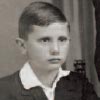
In the spring of 1937, when Joseph´s father retires at 60, the family moves to Hufschlag near Traunstein, The police officer, weary of his job because of the political circumstances, had already bought the old farmhouse in 1933. The Ratzinger family find their “real home” here. According to Joseph Ratzinger in retrospect it is for the children “a paradise lovelier than we could ever have dreamed.” Shortly after the move Joseph enters the first class at the Chiemgau grammar school in Traunstein. His favourite subjects are Latin and later Greek, sport lessons on the other hand he is less enthusiastic about. On 9th June 1937 the ten-year-old Joseph Ratzinger is confirmed by Cardinal Faulhaber in the Parish Church of St Oswald, Traunstein.
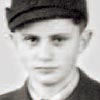
At Easter 1939 Joseph enters St Michael´s Catholic boarding school on the recommendation of the local priest. It is a decisive turning-point for the twelve-year-old: “At home I had lived in freedom, learned the way I wanted and created my own world of a child. To be now thrust into a learning hall with some sixty other boys was torture for me.” In the confusion of the first years of the war the boarding school students were moved several times. Nevertheless Joseph came to like boarding school life more and more: “I had to learn to come out of my own little world and in giving and receiving to build a community. I am grateful for this experience, it was important for my life.”
In 1941 the boarding school had to close. From now on Joseph goes to the grammar school at home. The schoolboy Joseph Ratzinger increasingly comes to feel the effects of the NS regime. In 1939 all the boarding school students are forced to join the HitlerYouth. In 1943 the boarding school students in Joseph´s year are ordered to Munich for air defence duties. In September 1944 he is in the Burgenland region in Austria for Reichsarbeitdienst, Nazi national labour service. In the chaos at war´s end he manages to return to Munich and ultimately back to Traunstein. Here he is taken prisoner by the US Army and brought to a prison camp in Ulm and later in Bad Aibling. He is released in June 1945 and can return home uninjured.